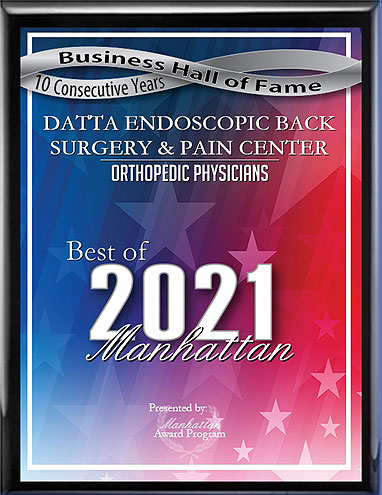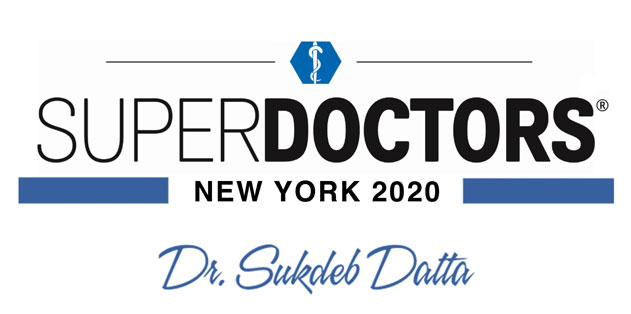Pain Management
As you go through treatment, you can be proactive about your pain management by building habits that help relieve pain and prevent it from recurring. Methods include:
- Daily stretching and exercising
- Weight loss
- Good posture
- Preventative measures such as proper lifting
Any exercise or weight loss program should be supervised by your physician. In particular, sciatica exercises should be attuned to the specific cause of your condition. Even after your condition has been effectively treated, you should continue the above habits to prevent future flare-ups.
Your doctor will also prescribe medical treatments for your sciatica. The exact course will depend on the cause of your condition, how long it has been since the onset, and the severity of symptoms. Common treatments include:
- Physical therapy
- Medication
- Epidural steroid injection
- Laser back surgery
- Open back surgery
In general, the least invasive treatments will be used before moving on to major procedures such as surgery. While the benefits of surgery outweigh the risks, it is still best to avoid any type of surgery unless medically necessary. In addition, minimally invasive surgical procedures are preferred over more invasive surgeries.
Most routine back conditions can be treated using laser back surgery. This eliminates the need to create a large incision, remove bone, or add hardware. As a result, the risk of certain side effects is lowered, while the recovery time is greatly reduced.
To get started on treatment for your chronic back pain, please call the Datta Endoscopic Back Surgery and Pain Center at (212) 430-0312 to schedule a consultation.






 EDISCSCULPT
EDISCSCULPT



